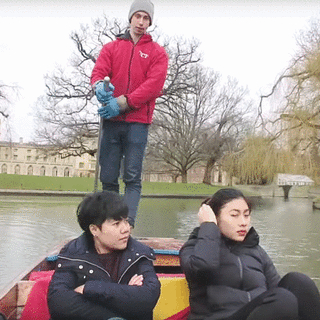✨ Academic Writing in English - "But" Alternatives ✨
Academic writing in English is almost like a different dialect. There are lots of terms and phases you see in academic writing quite often, that you rarely hear in conversational English. This is because there is a tendency to try to avoid using the same words and phrases over and over in English, but the structured nature of academic writing often means that you are presenting argument after argument in a similar way; so you have to know lots of different ways of saying the same thing!

Last post we showed you some alternatives for "and", so here are some alternatives for its brother "but" - when you want to make a point opposing the one you've just made. Here we go then...
1. However
Usage: Use “however” to introduce a point that disagrees with what you’ve just said.
Example: “Scholar A thinks this. However, Scholar B reached a different conclusion.”
2. On the other hand
Usage: Usage of this phrase includes introducing a contrasting interpretation of the same piece of evidence, a different piece of evidence that suggests something else, or an opposing opinion.
Example: “The historical evidence appears to suggest a clear-cut situation. On the other hand, the archaeological evidence presents a somewhat less straightforward picture of what happened that day.”
3. Having said that
Usage: Used in a similar manner to “on the other hand” or “but”.
Example: “The historians are unanimous in telling us X, an agreement that suggests that this version of events must be an accurate account. Having said that, the archaeology tells a different story.”
4. By contrast/in comparison
Usage: Use “by contrast” or “in comparison” when you’re comparing and contrasting pieces of evidence.
Example: “Scholar A’s opinion, then, is based on insufficient evidence. By contrast, Scholar B’s opinion seems more plausible.”
5. Then again
Usage: Use this to cast doubt on an assertion.
Example: “Writer A asserts that this was the reason for what happened. Then again, it’s possible that he was being paid to say this.”
6. That said
Usage: This is used in the same way as “then again”.
Example: “The evidence ostensibly appears to point to this conclusion. That said, much of the evidence is unreliable at best.”
7. Yet
Usage: Use this when you want to introduce a contrasting idea.
Example: “Much of scholarship has focused on this evidence. Yet not everyone agrees that this is the most important aspect of the situation.”

Leave A Comment
Connect With Us
We'll Keep you updated with alerts, news and help where you need it










